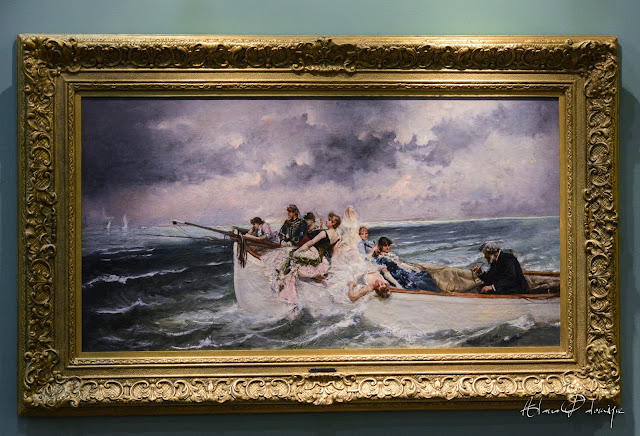Taal Heritage Town: Preserving Antiquity and Beauty Part 1
I. Taal Basilica also called Basilica de St. Martin de Tours
Reputedly Asia's biggest Catholic Church
 |
| Grand and imposing landmark at Taal, Batangas |
 |
 |
| St. Martin de Tours |
 |
| Re-painted ceiling. Leftmost of this photo shows area of the ceiling above the altar retaining the old paint |
 |
 |
| View from the choir loft |
 |
| Escuela Pia |
II. Ancestral Houses
Villavicencio-Marella Wedding Gift House
Built in 1870 by Don Eulalio Villvencencio y Marella, the house was presented to Doña Marella y Legaspi on the occasion of their marriage in 1871. Hence it came to be called "The Wedding Gift House."
Region: Region IV
Province: Batangas
City/Municipality" Taal
Present Owner: Joven-Villavicencio Family
Construction Date: 1870
Period of Construction: Spanish Colonial Periodsource: Philippine Heritage Homes, 2014 - Jaime C. Laya, Martin I. Tinio, Jr., Ma. Cristina V. Turalba

Region: Region IV
Province: Batangas
City/Municipality" Taal
Present Owner: Joven-Villavicencio Family
Construction Date: 1870
Period of Construction: Spanish Colonial Periodsource: Philippine Heritage Homes, 2014 - Jaime C. Laya, Martin I. Tinio, Jr., Ma. Cristina V. Turalba

Ylagan-Barrion House / Galleria Taal
 |
| The only known existing photograph of Rizal's execution exhibited at Galleria Taal. photographer: Manuel Arias collection of John Silva |
John Silva in his article Nineteeth Century Photography in the Philippines writes,
"In 1897, an original photograph of Rizal’s execution, very sharp and in fairly good condition, was found in a flea market in Pennsylvania, USA. Its discovery was an important find for Philippine historical photography..
This particular photograph was taken only seconds before Rizal was shot and the crowd shouted “Viva España” and lingered a while to make sure the subversive was truly dead. For the viewer a hundred years, even a thousand years hence, the photograph suspends the impending death. Rizal is a diminutive figure accentuated by his black suit and bowler hat. He is facing the bay, his arms bound to his back. A row of light posts traces an imaginary line separating him from rows of soldiers; those on the first row have their rifles raised and aimed at him. There are two robed priests and a dog near the executioners. In the foreground, at the very center of the photograph, stands a tall, thin tree with no leaves or branches, apparently dead. We breathe Rizal’s ultimate sigh. We gaze at the ultimate morning view."






















Comments
Post a Comment